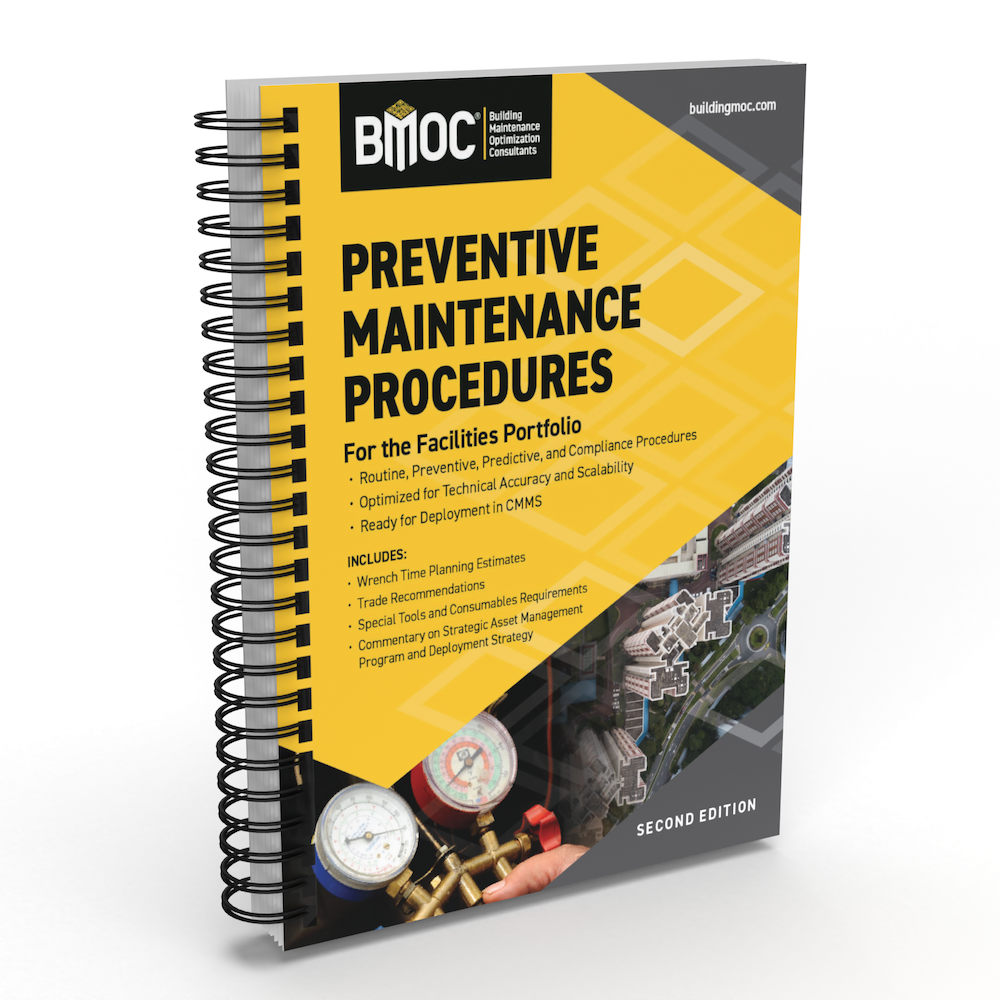EPA said it has decided that hydrofluoroether (HFE)-7100 is acceptable for use as a secondary heat transfer fluid in new equipment for not-in-kind replacement of systems using various refrigerants in various applications. HFE-71000 does not deplete the Earth's ozone layer and has a global warming potential (GWP) of 390 over a 100-year time horizon.
EPA has also listed HFE-7200 as acceptable for use as a secondary heat transfer fluid in new equipment for not-in-kind replacements of systems using various ozone-depleting refrigerants in various applications. HFE-7200 has a GWP of 55 over a 100-year time horizon.
The chemical blends known as FOR12A and FOR12B have also been listed as acceptable substitutes for chlorofluorocarbon (CFC)-12 in various applications. EPA said the blends do not contain any significant ODS, but do contain a GWP of approximately 1,000.
The hydrofluorocarbon (HFC) blend NU-22 has been listed as acceptable as a substitute for hydrochlorofluorocarbon (HCFC)-22 in new and retrofit applications in various refrigeration and air conditioning uses. The blend has no ozone-depleting potential and a GWP as high as 1,600.
EPA has also decided that SP34E is an acceptable substitute for CFC-12 in various refrigeration and air conditioning applications. SP34E is an HFC refrigerant with additives.
The agency said it has listed methyl formate as an acceptable substitute for CFCs and HCFCs in various foam-blowing applications.
Finally, EPA has listed HFE-7100, HFE-7200, heptafluorocyclopentane (HFCPA), and HFC-365mfc as acceptable substitutes for ODS used in non-aerosol solvent cleaning.
(Source: The U.S. Federal Register)





